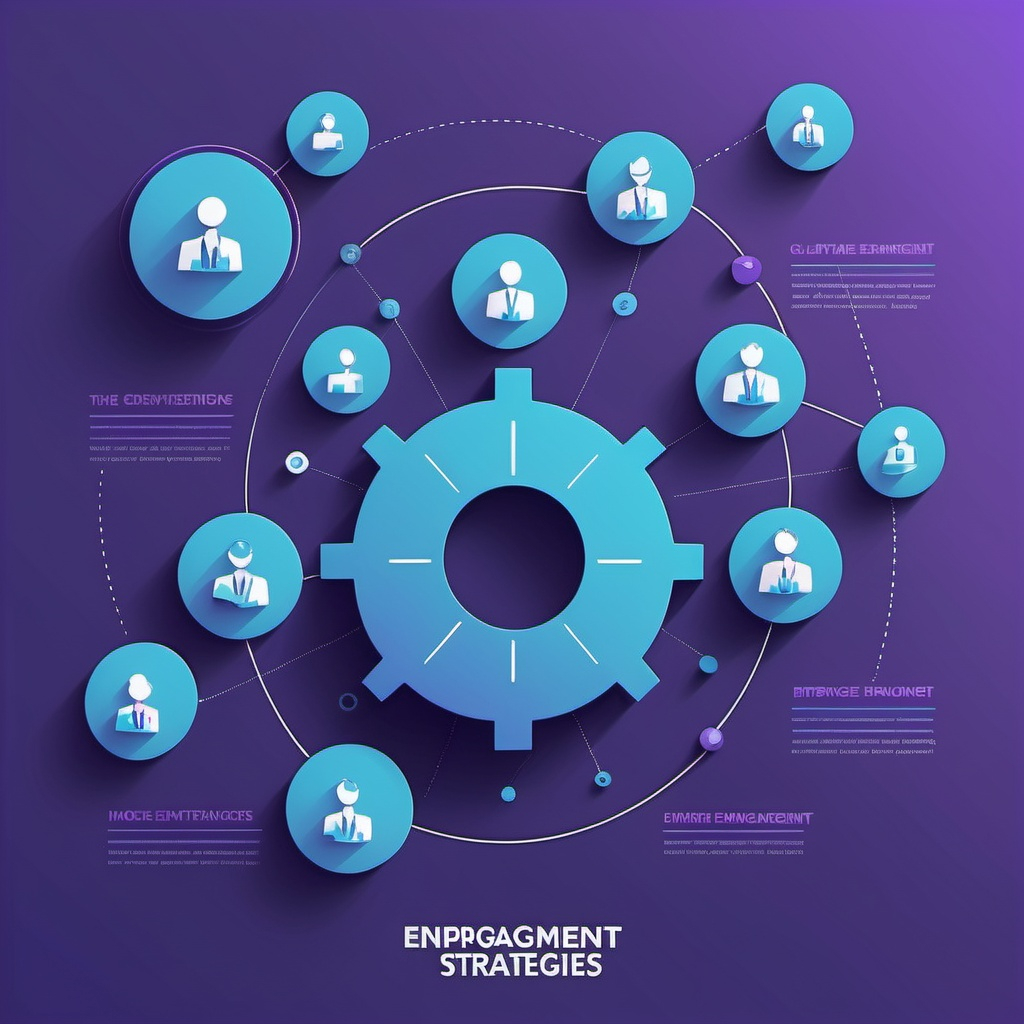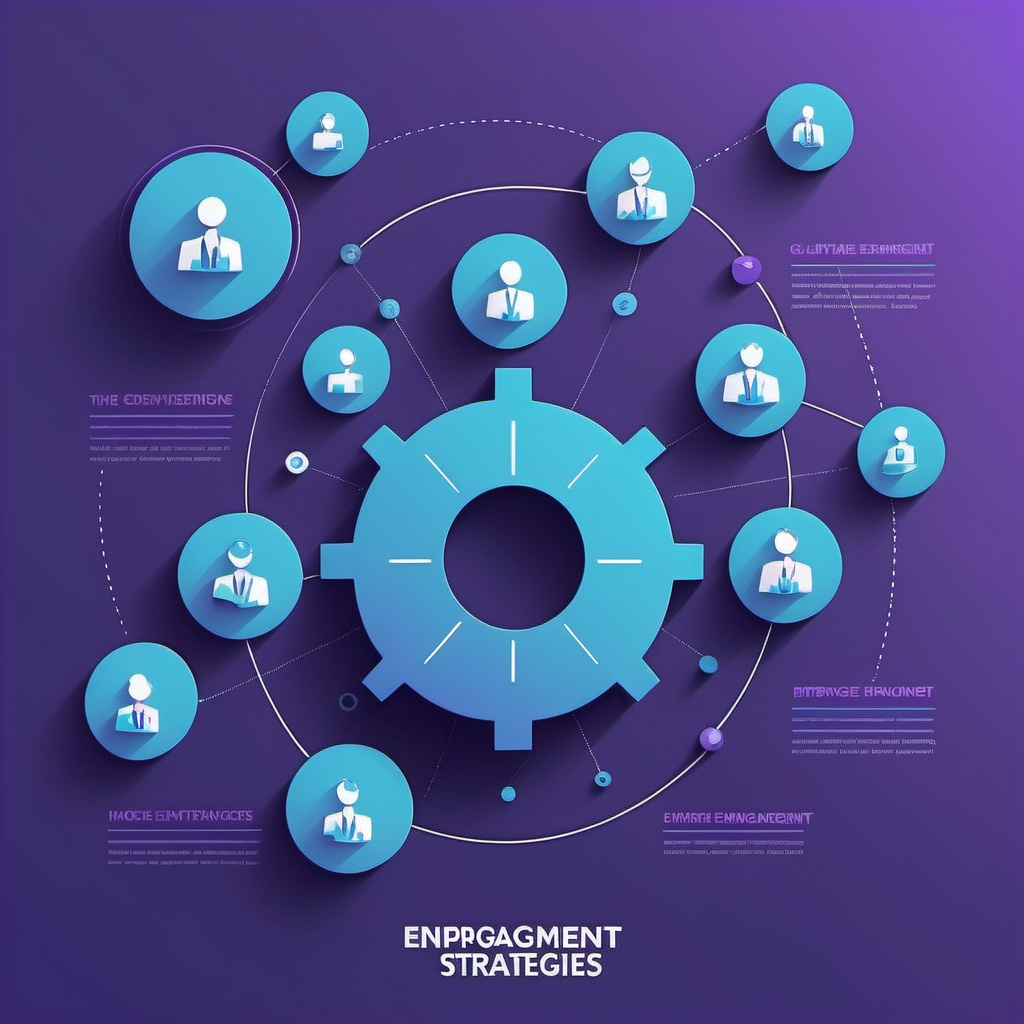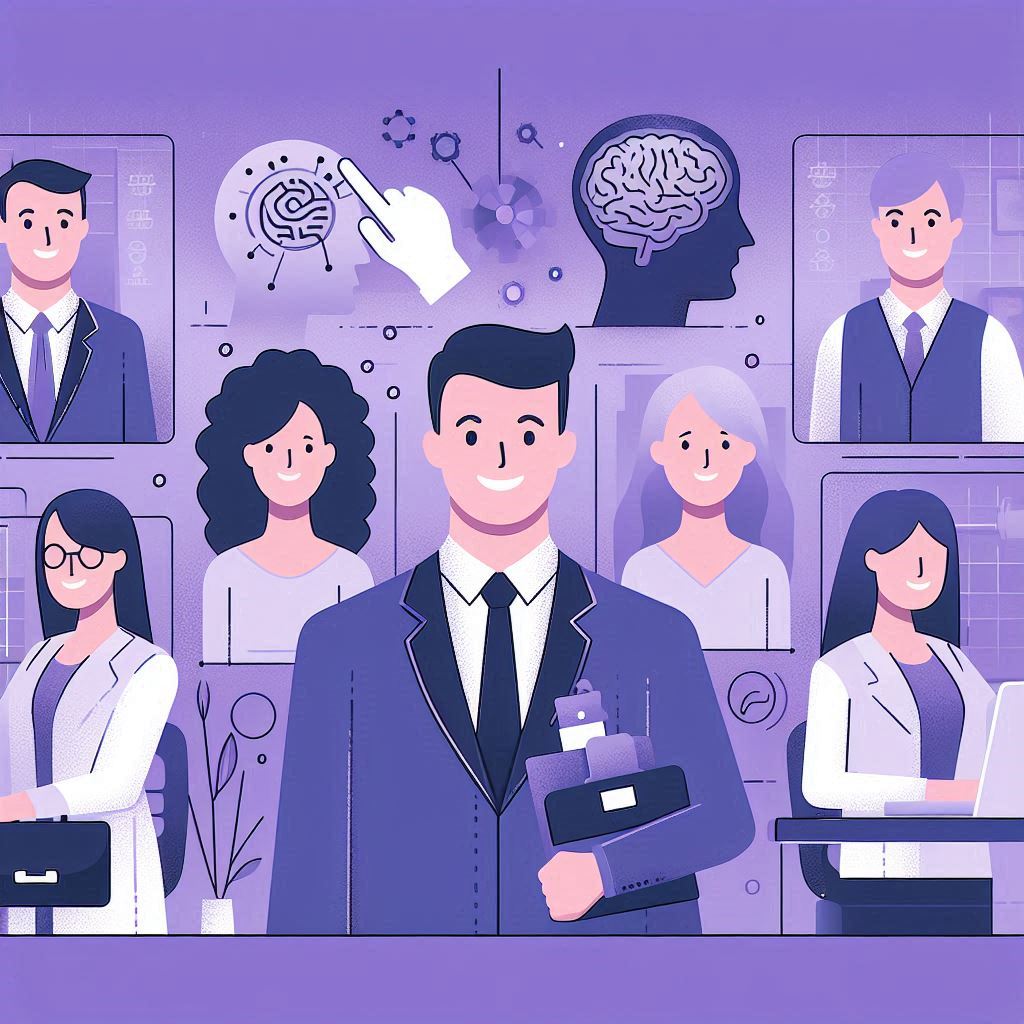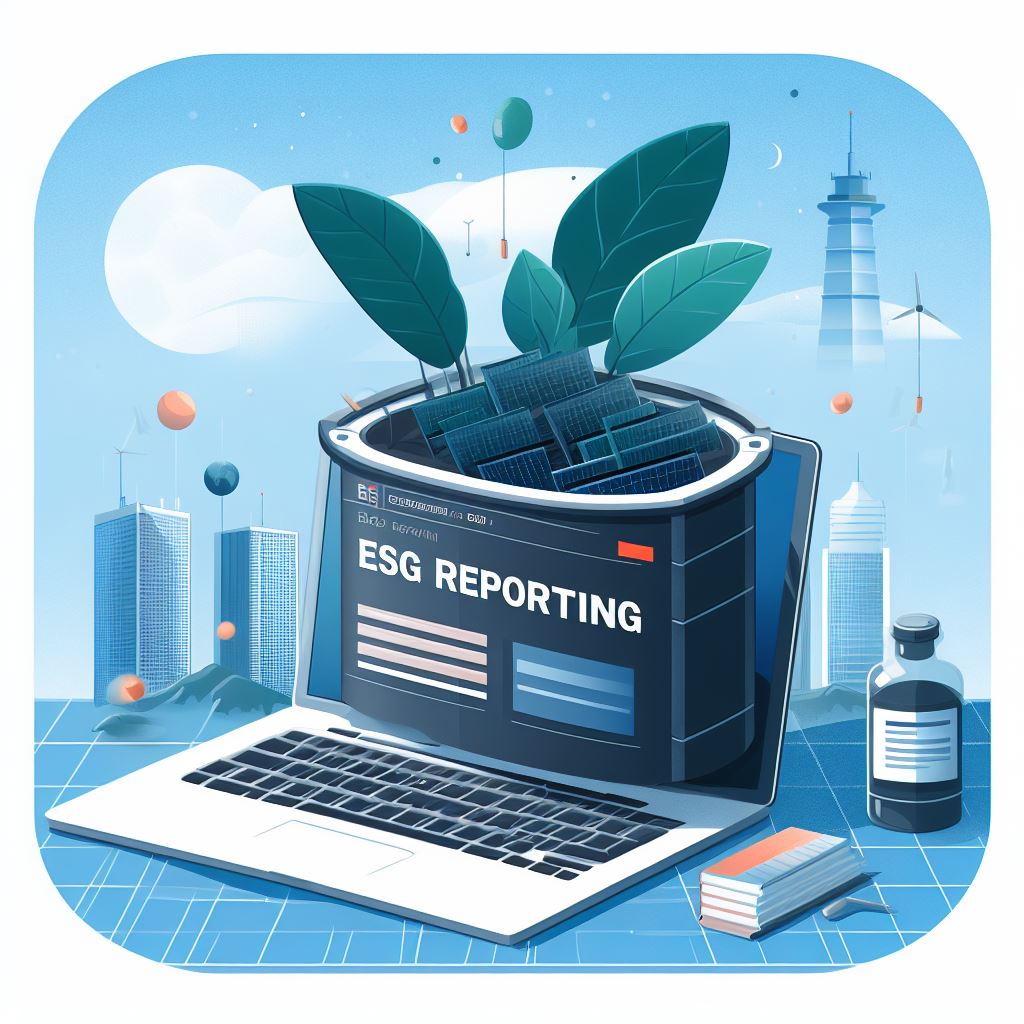Innovative Employee Engagement Strategies for 2025: Boost Morale and Productivity

Employee engagement is more than a trend; it’s a crucial element of organizational success. As the workforce becomes more diverse and expectations evolve, businesses must stay ahead by fostering a culture where employees feel valued, connected, and motivated. Let’s dive into some innovative strategies that are reshaping employee engagement in 2024, with insights on how to apply these ideas effectively.
- Flexible Work Models with Personalized Schedules
The global shift to remote and hybrid work has redefined how employees view their time. In 2024, companies are exploring more personalized work schedules that empower employees to work during their peak hours. This shift caters to individual productivity rhythms and boosts job satisfaction.
A recent study by Buffer found that 98% of remote workers want the option to work remotely at least some of the time and another 98% would recommend a flexible schedule to others, highlighting that autonomy in work hours is becoming a key driver of engagement like Salesforce and Microsoft are pioneering “anytime, anywhere” work models, allowing employees to decide their schedules and locations.
Implementation Tip: Begin by surveying your employees to understand their preferred working hours and potential flexibility needs. Tailor policies around core work hours, then allow employees to personalize their schedules around these core periods. - Upskilling and Career Development Pathways
Learning and development are cornerstones of employee engagement. As skills rapidly evolve, offering upskilling opportunities demonstrates an organization’s investment in its people’s futures. According to LinkedIn’s 2023 Workplace Learning Report, 93% of employees say they would stay longer at a company if it invested in their career development leading to organizational development.
Comp Amazon and Google are offering specialized learning pathways where employees can explore emerging fields such as AI, sustainability, and data science. These initiatives keep employees engaged by expanding their skill sets and future career opportunities.
Implementation Tip: Develop a structured learning program based on the skills gaps within your organization. Include interactive learning options like workshops, certifications, and mentorships, to enhance workforce’s capabilities, and improve talent acquisition strategy. In such way employees feel empowered to grow within the organization - AI-Driven Recognition and Feedback Systems
Real-time feedback and recognition can drive motivation, but tracking individual contributions can be challenging in large or distributed teams. This is where AI-driven tools come in. Platforms like 15Five and Culture Amp now use AI to analyze performance metrics and provide personalized recognition recommendations.
An AI-enhanced approach helps managers recognize employees in meaningful ways, which research shows can boost morale and commitment. According to Gallup, employees who feel adequately recognized are 73% less likely to “burn out” .
Implementation Tip: Leverage AI-based feedback tools to capture employee milestones, achievements, and performance data. This allows leaders to provide timely and relevant recognition, enhancing engagement. - Prioritizing Mental Health and Well-being
The link between mental health and employee productivity has become more evident, and companies are responding by enhancing wellness programs. For 2024, employers are focusing on well-being holistically, addressing mental, emotional, and even financial well-being.
Organizations like Deloitte are integrating mental health days, access to therapy, and even financial counseling to support their employees. A survey by the American Psychological Association found that 79% of employees have experienced work-related stress, and nearly 3 in 5 employees reported negative impacts of work-related stress
Implementation Tip: Provide support with mental health platforms or offer access to in-house counselors and wellness resources. Encourage open communication about mental health, destigmatize seeking help, and offer wellness days to recharge. - The Power of Purpose: Embedding Social Responsibility
Millennials and Gen Z are especially motivated by a sense of purpose, often prioritizing mission-driven work over other factors. Research by BSR shows that 87% of millennials believe companies should address societal issues. Companies that embed social response into their core values see higher engagement levels, as employees feel they’re contributing to something meaningful.
Companies like Patagonia and Ben & Jerry’s have championed social responsibility, attracting and retaining employees who are passionate about causes like environmental sustainability and social justice.
Implementation Tip: Create a program that allows employees to participate in social initiatives, whether through volunteer days or partnerships with non-profits. Regularly share updates on how the company’s work is positively impacting communities or the environment. - Gamified Performance and Engagement Tools
Gamification turns routine tasks into engaging experiences by incorporating game-like elements into everyday work. It’s effective because it makes work fun and encourages healthy competition, helping boost engagement. According to a study by TalentLMS, 89% of employees felt more productive and engaged when gamified strategies were applied at work .
Companies like Efectio and Salesforce use leaderboards to recognize employees’ achievements, while tools like Bunchball allow employees to earn points and badges for completing tasks or meeting goals.
Implementation Tip: Introduce gamified tools that align with your company’s goals. Create challenges, leaderboards, or monthly competitions that reward individual or team achievements to encourage continuous engagement. - Transparent Communication and Inclusive Decision-Making
Transparency is a vital factor in engagement. Employees who feel informed about company goals and involved in decision-making processes are more likely to be engaged. A study by the Glint found that employee engagement is 44% higher in organizations with open and inclusive communication.
Companies like Buffer practice “radical transparency everything from financials to future strategies with employees. This approach makes employees feel more connected and motivated to contribute.
Implementation Tip: Host regular “town hall” meetings where executives share updates, address employee concerns, and discuss upcoming changes. Consider adding open Q&A sessions to foster a organizational culture of trust. - Investing in Collaborative Workspaces and Virtual Reality (VR) Environments
As hybrid work continues, there’s a push for collaborative workspaces and VR environments that bring remote teams together. In industries requiring close teamwork, virtual reality can simulate in-person interactions, fostering a sense of presence and camaraderie even from afar.
Companies like Accenture are experimenting with VR workspaces to enhance remote team collaboration. A Gartner report predicted that 25% of employees would spend time in virtual environments daily by 2024
Implementation Tip: For hybrid and remote teams, consider in VR tools that enable collaboration. If VR is not feasible, focus on collaborative project management tools like Slack or Asana to facilitate interaction.
Conclusion
In 2025, employee engagement strategies are centered on flexibility, technology, and a holistic focus on employee well-being. From AI technology recognition to VR workspaces and mental health initiatives, companies have numerous tools at their disposal to create an engaging and fulfilling work environment. Adopting these strategies not only boosts productivity but also strengthens the sense of community and loyalty within the workplace.
By implementing these innovative approaches, organizations can foster an environment where employees are motivated to contribute their best, ultimately driving success for both individuals and the organization as a whole.
References
https://learning.linkedin.com/resources/workplace-learning-report-2023
https://www.apa.org/pubs/reports/work-in-america/2023-workplace-health-well-being
Top Strategic Predictions for 2024 and Beyond | Gartner









